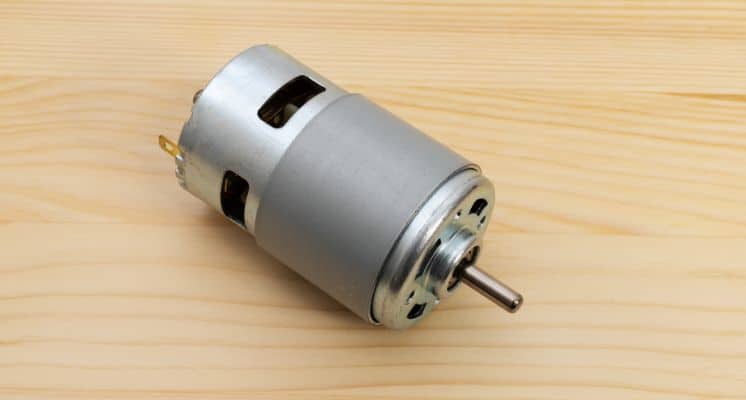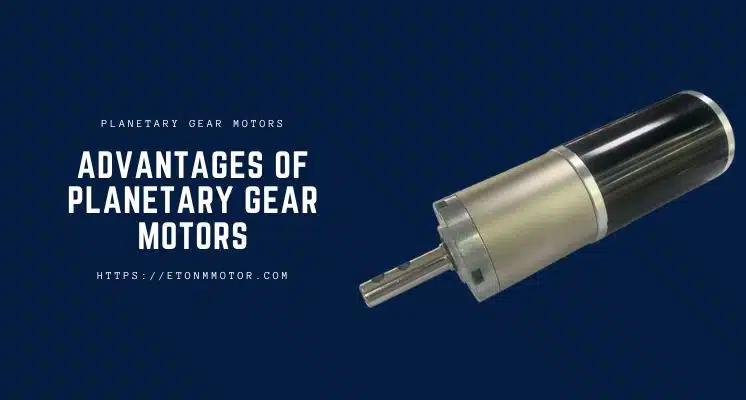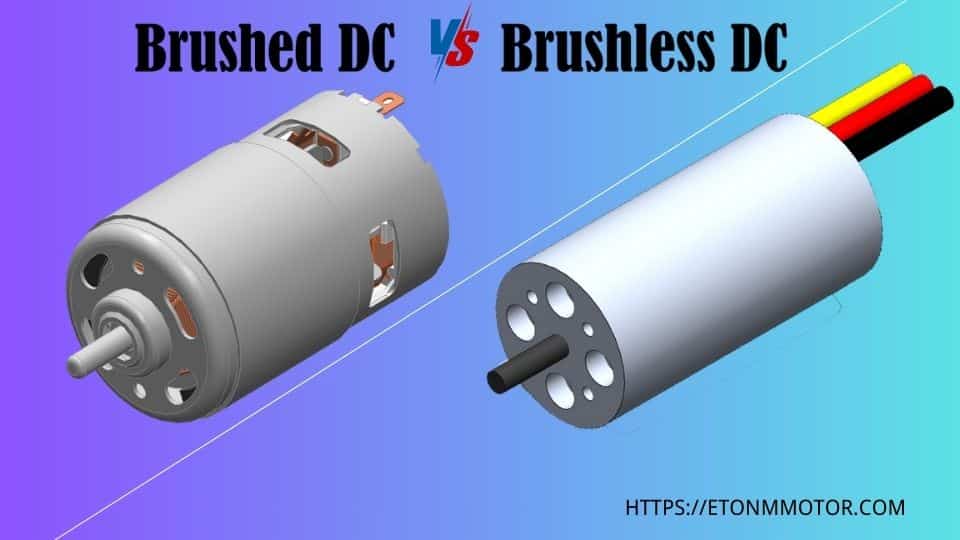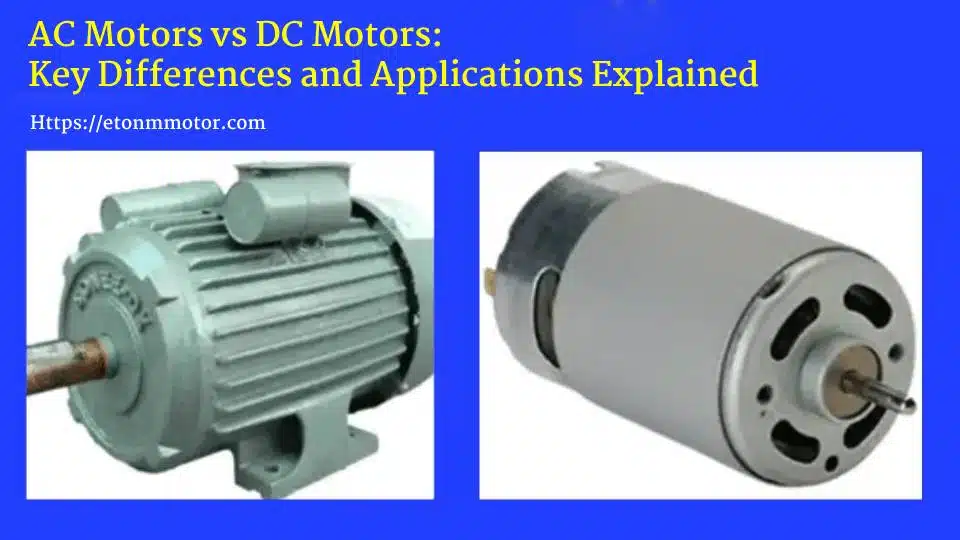Curious about micro motors? Dive into the different types—like micro DC motors and brushless designs—and discover the trends shaping their future in robotics, smart homes, and beyond.
Table of Contents
Introduction
Micro motors are the unsung heroes powering much of our modern world. From the smart locks securing your home to the tiny gears whirring inside a medical device, these small but mighty machines are everywhere. At Etonm Motor, we’ve spent years perfecting these little dynamos, and it’s safe to say they’re more fascinating than they get credit for. So, what exactly are micro motors, and why should you care about the different types of micro motors out there?
Think about it: as gadgets get smaller and smarter, the demand for compact, efficient motors keeps skyrocketing. Whether it’s a robotic arm assembling your next online order or a sanitizer dispenser in a public restroom, micro motors make it happen. In this post, we’re diving into the world of these miniature powerhouses—exploring their types, from micro DC motors to brushless wonders, and spotlighting the trends shaping their future. Ready to see what makes them tick? Let’s get started.
What Are Micro Motors? A Quick Definition
If you’ve ever wondered what keeps those tiny gadgets in your life humming along, the answer is often a micro motor. So, let’s nail down a micro motor definition: these are small-scale electric motors designed to deliver power in a compact package. Typically measuring just a few millimeters to a couple of centimeters, they’re built to fit into tight spaces without skimping on performance. Think of them as the pint-sized engines behind everything from your electric toothbrush to the motorized valves in a smart water meter.
What sets micro motors apart isn’t just their size—it’s their versatility. Often called micro electric motors or simply small motors, they come in various flavors to suit wildly different needs. Need something cheap and reliable for a kid’s toy? There’s a micro motor for that. Looking to power a high-precision robotic arm? You’ll find one for that too. At their core, they convert electrical energy into mechanical motion, but the way they’re engineered makes them a perfect fit for industries like robotics, medical care, and even smart home tech.
Here’s the kicker: despite their tiny footprint, these motors pack a serious punch. Take a micro DC motor, for instance—it’s a go-to choice for its simplicity and efficiency, making it a staple in countless applications. Companies like Etonm Motor have been tweaking these designs for years, ensuring they’re not just small, but also durable and energy-efficient. So, whether you’re a hobbyist tinkering with a DIY project or an engineer dreaming up the next big thing, understanding micro motors is the first step to appreciating their outsized impact.
Types of Micro Motors You Should Know
When it comes to micro motors, one size definitely doesn’t fit all. These tiny powerhouses come in a variety of types, each tailored to specific jobs, from spinning a fan in your smart thermostat to driving a surgical tool. Let’s break down the most common types of micro motor you’re likely to encounter, so you can see why they’re such a big deal in industries like robotics, smart homes, and beyond.
Micro DC Motors
First up, the micro DC motor—probably the most familiar face in the small motors crowd. These run on direct current (DC) and are loved for their simplicity and affordability. You’ll find them in everyday stuff like battery-powered toys, electric valves, or even vending machines that dispense your favorite snack. They’re not fancy, but they get the job done with minimal fuss. At Etonm Motor, we’ve seen clients swear by micro motor DC designs for their reliability—think of a water meter ticking away for years without a hitch.
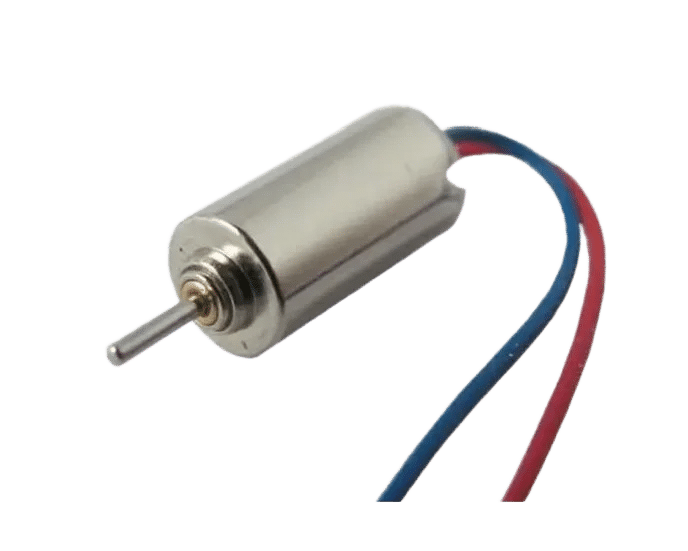
Brushless Micro Motors
Then there’s the brushless motor, the high-tech sibling in the micro motor family. Unlike traditional designs with brushes that wear out, these use electronic controls to keep things spinning smoothly. The payoff? Longer life, less maintenance, and better efficiency. Picture a drone hovering silently or a medical pump delivering precise doses—these are the moments where brushless micro motors shine. They cost a bit more, but if you’re building something that can’t afford to fail, they’re worth every penny.
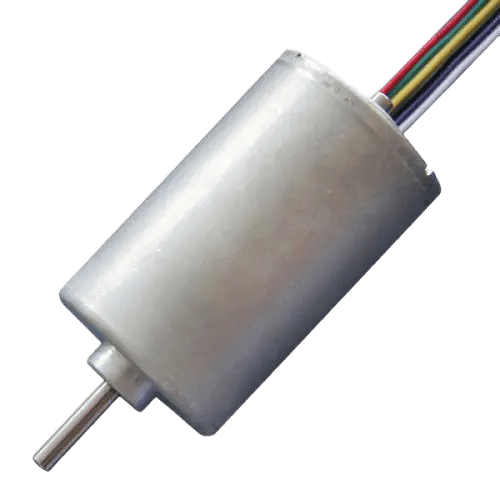
Gearbox-Enhanced Micro Motors
Now, let’s talk about micro motors with some extra muscle: gearbox-enhanced types like Planetary Gear Motors and Worm Gear Motors. These pair a motor with a gear system to crank up torque, making them perfect for heavy-duty tasks. Ever wonder how a robotic arm lifts a payload or how a smart lock snaps into place with authority? That’s the magic of a Planetary Gear Motor at work—compact yet powerful. Worm Gear Motors, on the other hand, excels in scenarios needing self-locking, like security systems. We’ve customized these at Etonm for clients in robotics and sanitary dispensers, and the feedback’s been stellar.
Each type has its own personality, shaped by engineering trade-offs like cost, power, and lifespan. Whether you’re a hobbyist picking a micro electric motor for a weekend project or a designer scouting options for a cutting-edge product, knowing these differences can steer you right. The best part? The micro motor company you choose—like ours—can tweak them to fit your exact needs, so you’re never stuck with a one-size-fits-all solution.
Development Trends Shaping Micro Motors
Micro motors might be small, but their future is anything but tiny. As tech races forward, these little engines are evolving to meet the demands of smarter, greener, and more compact devices. From robotics to smart homes, the trends shaping micro motors are worth keeping an eye on—whether you’re in the industry or just curious about what’s next. Here’s a look at the big shifts driving their development.
1. Miniaturization and Efficiency
Smaller is better, right? That’s the mantra in the world of micro motors. Over the past decade, engineers have shrunk these devices dramatically—some say by as much as 30%—while boosting their efficiency. Take micro DC motors: they’re now packing more power into tinier frames, perfect for wearables or IoT sensors that need to sip battery life. I’ve seen micro motor companies like ours at Etonm tweak designs to fit into spaces you’d never imagine, like a smartwatch or a mini security camera. It’s a balancing act of size and strength, and the results are pretty impressive.
2. Smart Integration
The future isn’t just small—it’s smart. Micro motors are increasingly tying the knot with AI and the Internet of Things (IoT), turning everyday gadgets into brainy helpers. Imagine a smart dispenser in your bathroom, powered by a micro electric motor that knows exactly when to release soap, or a robotic vacuum that adjusts its brushless motor speed based on the mess it detects. This trend is huge for industries like sanitary systems and home automation, and we’re seeing clients demand motors that play nice with connected tech. It’s not just about motion anymore; it’s about intelligence in motion.
3. Sustainability in Micro Motor Design
Going green isn’t just a buzzword—it’s a priority. Sustainability is creeping into micro motor design, with manufacturers exploring eco-friendly materials and low-power setups. Think brushless micro motors that cut energy use by 20% compared to older models, or small motors built with recyclable alloys. I read a report from the International Electrotechnical Commission highlighting how motor efficiency standards are tightening globally, pushing companies to innovate. At Etonm, we’ve started experimenting with greener options for clients in medical care and vending machines, and it’s exciting to see how this could reshape the industry.
These trends aren’t just tech talk—they’re game-changers. Miniaturization keeps micro motors relevant in a shrinking world, smart integration makes them indispensable, and sustainability ensures they’re here for the long haul. If you ask me, the next few years are going to be a wild ride for anyone in the micro motor game, and I can’t wait to see where it takes us.
Conclusion
Micro motors might be small in size, but their role in our world is massive. From the trusty micro DC motors powering everyday devices to the cutting-edge brushless designs driving tomorrow’s tech, the variety of types of micro motor out there is pretty mind-blowing. And with trends like miniaturization, smart integration, and sustainability pushing the boundaries, these tiny engines are set to stay at the heart of innovation—whether it’s in robotics, smart homes, or medical gear.
So, what’s next for you? If you’re ready to explore how they can power your own projects, check out our range of solutions at Etonm Motor. The future’s looking bright—and small—and we’d love for you to be part of it.
Related Reading
- Why Choose 24v Small DC Motors?
- Introduction of 12V DC Micro Motor Products
- The Ultimate Guide to Brushless DC Motors: Types, Applications, and Benefits
- BLDC Motor vs Brushed Motor: Which is Better for Your Needs?
- AC Motors vs DC Motors: Which is Best for Your Application?
- What Is DC Motor Torque? A Simple Guide by Etonm Motor
- Brushless DC Motors vs. Brushed DC Motors: Key Advantages


